Dunkirk (2017) – review, plot meaning and analysis of the film
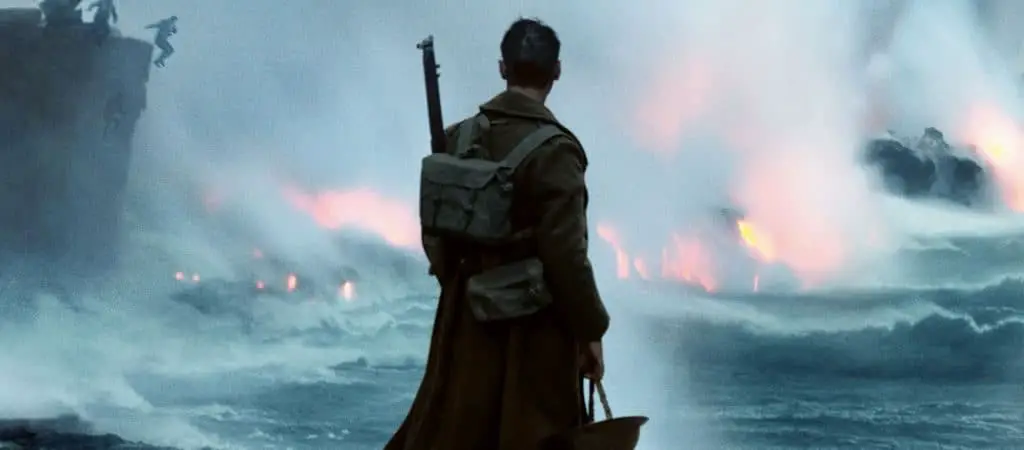
Dunkirk: a war drama about people trying to survive
Nolan’s first film on a military theme not only became a sensation: some critics consider “Dunkirk” to be the best of all the blockbusters shot by the director. It is hard to deny the fact that Dunkirk opened up new facets of Nolan’s talent, but still, the massive interest in the film is due not only to the name of the director. The reasons for the overwhelming popularity of “Dunkirk” deserve a separate analysis: after all, the film, which grossed over half a billion dollars at the box office, has neither a love story, nor a famously twisted plot, nor a beautiful “picture”, nor witty dialogues. Nevertheless, Dunkirk is being watched and, apparently, will be revisited. Why? Let’s try to figure it out.
What authentic historical events formed the basis of the film?
Turning to history, Nolan quite accurately showed the essence of the so-called. Dunkirk operation, which took place in late May – early June 1940. After a successful offensive on France in May 1940 and the capture of Holland, German troops drove out about 338 thousand French, British and Belgian troops on the coast of the English Channel. The Germans surrounded 10 English, 18 French and 12 Belgian divisions on all sides in the Dunkirk area, so that they had only one way of escape – the sea.
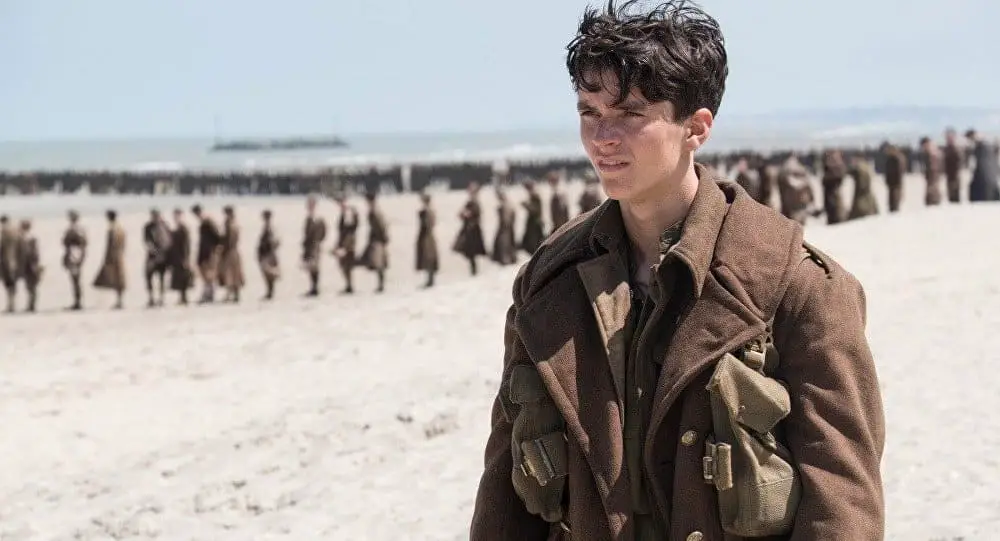 Since May 20, the British authorities hastily assembled ships in order to evacuate the personnel of the encircled divisions to the British Isles. The complexity of the operation was, firstly, in the huge number of people to be evacuated, and secondly, in the conditions in which the loading took place on the ships: the Germans almost continuously bombed and shelled the port of Dunkirk. Nevertheless, almost all the soldiers and officers were saved, and these events were included in the history textbooks as the “miracle of Dunkirk.”
Since May 20, the British authorities hastily assembled ships in order to evacuate the personnel of the encircled divisions to the British Isles. The complexity of the operation was, firstly, in the huge number of people to be evacuated, and secondly, in the conditions in which the loading took place on the ships: the Germans almost continuously bombed and shelled the port of Dunkirk. Nevertheless, almost all the soldiers and officers were saved, and these events were included in the history textbooks as the “miracle of Dunkirk.”
Of course, the cinema could not pass by such a significant event of the Second World War, and before Nolan at least three directors turned to the “miracle of Dunkirk”: A. Verneuil (“Weekend by the Ocean” (1964)), L. Norman (“Dunkirk” (1958)), J. Wright (“Atonement” (2007)), and the plots of the first two films are completely based on the history of the evacuation of the encircled armies. However, Nolan’s blockbuster is strikingly different from these tapes, and from other films about the war.
What is unique about Nolan’s Dunkirk?
To begin with, there is no war in the film in the usual sense: there are no large-scale battles, there is no opposition of two warring forces, there is no image of two armies. The only fighting characters are the British pilots: all the other heroes in army uniforms strive to leave the theater of operations as quickly as possible. Their enemies – German troops – are completely absent: for 106 minutes of screen time, the viewer does not see a single German.
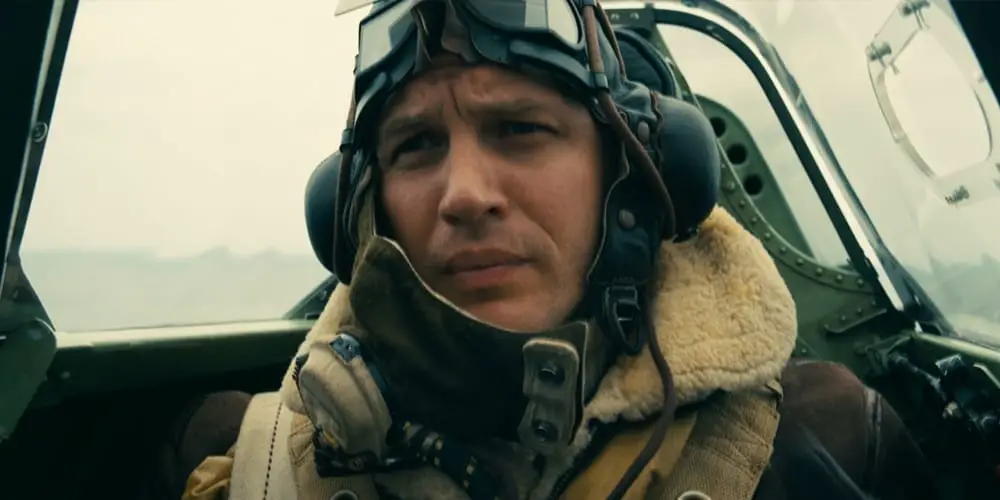 Further, it is not so easy for a viewer who does not remember well the history of the Second World War to navigate what is happening. It is clear that a lot of people gathered on the beach, waiting for evacuation, but the logic of what is happening with the main characters is difficult to grasp. And the language does not dare to call them heroes: these are unhappy and disoriented people who have fallen into a trap. It is no coincidence that some critics compare the whipping up of a painful, suffocating atmosphere of horror in Nolan’s film with the suspense in horror films.
Further, it is not so easy for a viewer who does not remember well the history of the Second World War to navigate what is happening. It is clear that a lot of people gathered on the beach, waiting for evacuation, but the logic of what is happening with the main characters is difficult to grasp. And the language does not dare to call them heroes: these are unhappy and disoriented people who have fallen into a trap. It is no coincidence that some critics compare the whipping up of a painful, suffocating atmosphere of horror in Nolan’s film with the suspense in horror films.
This approach makes it possible to understand what, according to the director, war is: it is a murderous chaos in which a lot is decided by chance, and where it is difficult to preserve your human “I”. The war in “Dunkirk” is not a clash of two ideologies or systems, but a huge stress, crippling the psyche, and for some, like a downed pilot, “the roof goes” in the most obvious and fatal way. By creating an emotional field of immense power, Nolan “pulls” the viewer into a scary and frighteningly realistic world, making them shudder, despair and hope along with the characters.
What do the timing at the start of the movie mean?
In the film, three storylines intersect: a soldier on the beach, pilots over the English Channel and the crew of a yacht sailing in the sea. In this case, the events associated with each storyline occupy a different time frame, and which one is shown by the credits. The events in the sky lasted only an hour, the yacht sailed for a day, and the soldiers and officers of the encircled divisions languished on the beach for a week.
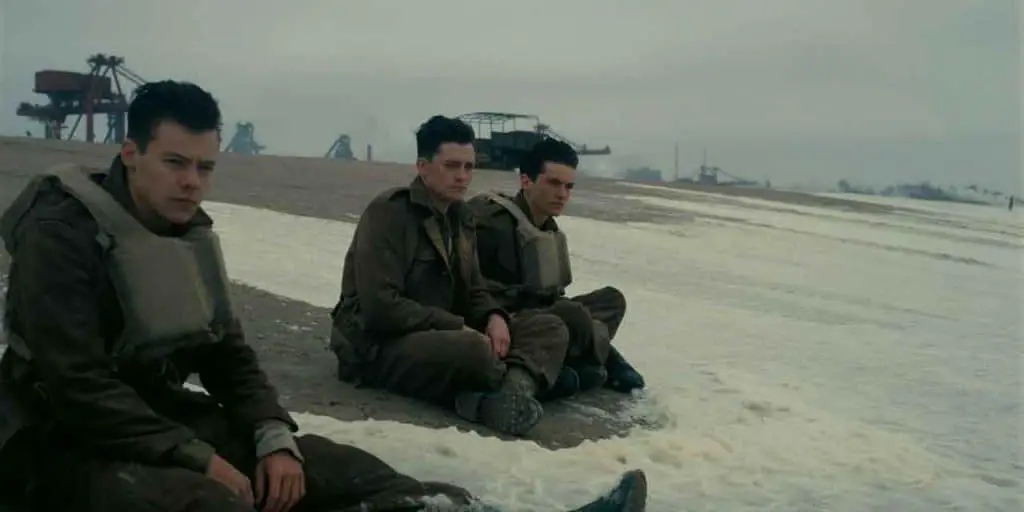 Most of the screen time, these events are out of sync, and the viewer sees either day or night. Thus, the feeling of chaos increases many times over, plus the viewer begins to almost physically feel how different the perception of time is in extreme conditions. Time is compressed, stretched, confused in accordance with the state of mind of the heroes.
Most of the screen time, these events are out of sync, and the viewer sees either day or night. Thus, the feeling of chaos increases many times over, plus the viewer begins to almost physically feel how different the perception of time is in extreme conditions. Time is compressed, stretched, confused in accordance with the state of mind of the heroes.
Why is there no “enemy image” in the film?
As noted above, the film lacks the German army even as a collective image, not to mention individual characters. The enemy appears as a faceless and terrible in its destructiveness force, fully consistent with Nolan’s concept of war as chaos. This is a kind of element, and the element, by definition, is devoid of individuality.
What is the meaning of the episodes on the yacht?

The only plainclothes heroes in Dunkirk are the elderly yacht owner and his small crew. The appearance of these characters is not accidental and fully corresponds to the historical facts, according to which 693 private English ships, yachts and even fishing boats were used to rescue the encircled troops.
Why are the characters in the film so depersonalized?
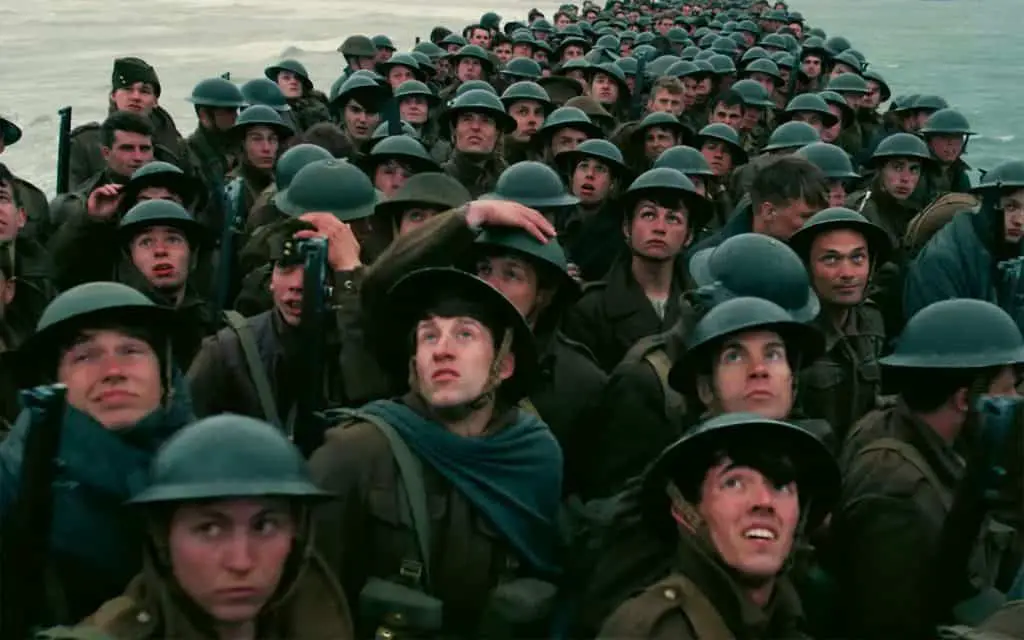
Creating a large-scale picture of events, Nolan deprived his characters of bright individual traits – with the exception of the crew of the yacht, but even there the characters are outlined rather conditionally. Of course, this is not the director’s oversight, but part of the overall concept. Anyone who has fallen into the whirlpool of war turns from an individuality into a human unit, into an ordinary such and such or an officer such and such, and his fate becomes inseparable from the fate of millions. Everything that happened to him in the past does not matter, and it is too risky to think about the future when death is near all the time. And therefore, by and large, we do not know anything about the characters, except that they are people who are scared or who are trying to fulfill their duty as best they can. And that’s quite enough.
What is the movie about?
The question may seem rhetorical, but in fact Nolan’s film is not about one of the episodes of the Second World War, but about the fact that any war is inherently contrary to human nature. And therefore, one cannot condemn those who go to great lengths to survive: if a person is placed in inhuman conditions, it is senseless to demand heroism from him. Heroism is not at all obligatory, more precisely, conscientious fulfillment of one’s duties – this is heroism. Nolan sympathizes with all the characters, without exception, avoiding moralizing, and such an approach, on the one hand, testifies to the high humanistic pathos of the film, devoid of pathos. On the other hand, it explains a lot in the history of World War II, and, in particular, how a large and well-armed French army surrendered in a matter of weeks. And the “miracle of Dunkirk” itself could easily not have happened, the Germans decide on an active offensive operation. But this is already a different topic – and for another director.







